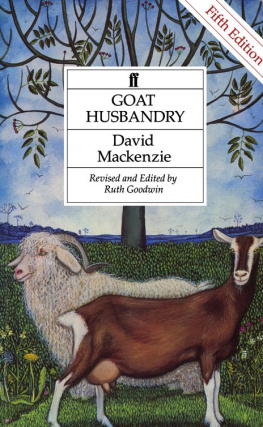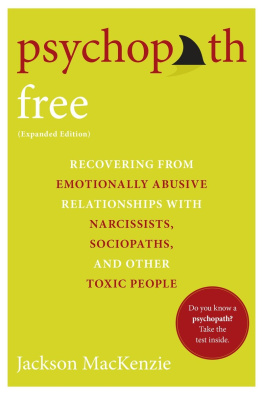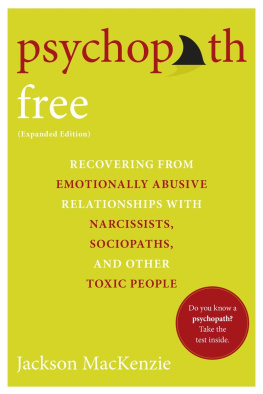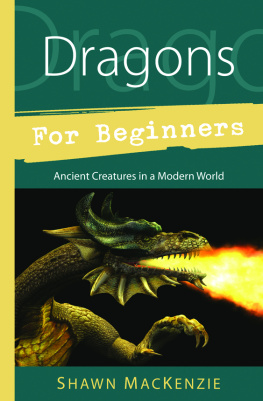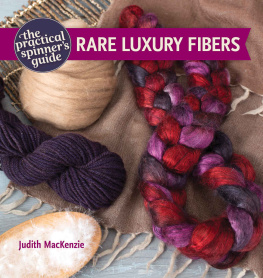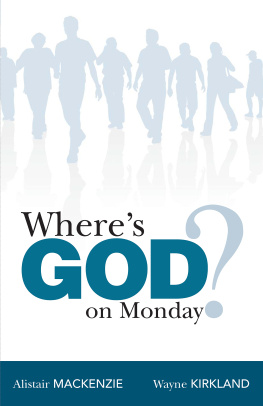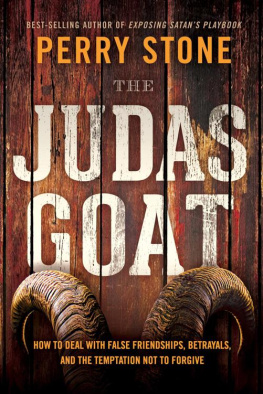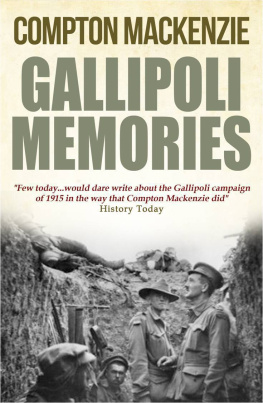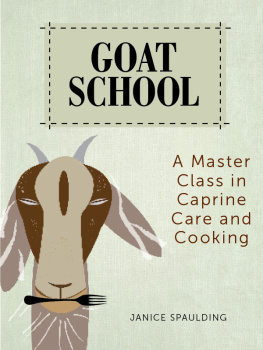Mackenzie - Goat Husbandry
Here you can read online Mackenzie - Goat Husbandry full text of the book (entire story) in english for free. Download pdf and epub, get meaning, cover and reviews about this ebook. City: Great Britain, year: 2011, publisher: Faber and Faber, genre: Home and family. Description of the work, (preface) as well as reviews are available. Best literature library LitArk.com created for fans of good reading and offers a wide selection of genres:
Romance novel
Science fiction
Adventure
Detective
Science
History
Home and family
Prose
Art
Politics
Computer
Non-fiction
Religion
Business
Children
Humor
Choose a favorite category and find really read worthwhile books. Enjoy immersion in the world of imagination, feel the emotions of the characters or learn something new for yourself, make an fascinating discovery.
- Book:Goat Husbandry
- Author:
- Publisher:Faber and Faber
- Genre:
- Year:2011
- City:Great Britain
- Rating:3 / 5
- Favourites:Add to favourites
- Your mark:
- 60
- 1
- 2
- 3
- 4
- 5
Goat Husbandry: summary, description and annotation
We offer to read an annotation, description, summary or preface (depends on what the author of the book "Goat Husbandry" wrote himself). If you haven't found the necessary information about the book — write in the comments, we will try to find it.
Goat Husbandry — read online for free the complete book (whole text) full work
Below is the text of the book, divided by pages. System saving the place of the last page read, allows you to conveniently read the book "Goat Husbandry" online for free, without having to search again every time where you left off. Put a bookmark, and you can go to the page where you finished reading at any time.
Font size:
Interval:
Bookmark:

1713
Certain references in this Preface are to material omitted from later editions
Nearly twenty years ago, I retired into a converted hen house with a milking pail, a book of instructions, and an elderly goat of strong character. There was milk, among other things, in the pail when the goat and I emerged at last, with mutual respect planted in both our hearts. The book of instructions was an irrecoverable casualty.
No book is a substitute for practical experience, but books become more important as animals become more productive; the modern farmer and smallholder has to remember so much, so often and so quickly that each class of farm livestock requires to be accompanied by a comprehensive work of reference as a passport to the modern farmyard.
Holmes Peglers TheBookoftheGoat was published first in 1875, and is at present in its ninth edition (now out of print); ModernMilkGoats, by Irmagarde Richards, was published during the first quarter of the present century in the USA. In the meantime there have been published on both sides of the Atlantic several excellent practical handbooks on goatkeeping, goat farming and goat fancying, but no work with so wide a scope as TheBookoftheGoat. The omission is one of several handicaps to an expansion of commercial goatkeeping and always struck me as surprising until I found myself involved in the attempt to fill it.
The fact is that the study of the goat has commanded rather less scientific attention than the study of mice and guinea-pigs. The practical of goatkeeping in Britain, though successful in establishing world milk-production records and a vigorous export trade, is so highly variable, individual and empirical that it is almost indescribable. In search of information from scientific and technical institutions, the writer on goats is liable to be treated with the respect accorded to all things pertaining to the goat in Britain. While the majority of the leading exponents of goatkeeping practice in this country are eager to help, few have the time or temperament to measure and record their own practice with useful accuracy.
At several stages in the writing of this book I should have quailed before the obstacles so presented, but for the encouragement of Lawrence D. Hills and his fertile suggestions.
To Professor S. A. Asdell of Cornell University, USA, and to Professor C. W. Turner of Columbia University, USA, I am particularly grateful, not only for guiding me to the scientific work which laid the basis of the study of goat nutrition, but for their kindness to a stranger.
Many of my readers may agree with me in regarding the section dealing with problems of mineral imbalance in the goat as of greater practical use to the breeder than any other in this book; they will wish to join me in thanking Dr E. C. Owen of the Hannah Dairy Research Institute, and Brynmore Thomas of the Durham University School of Agriculture, who have provided me with much of the material on which this section is founded.
In my chapter on Goats Milk in Human Nutrition, as a stockman and farmer, I found myself on rather unfamiliar ground; I am particularly grateful to Dr J. B. Tracey for reading my chapter and enabling me to enrich it with the fruits of his unique joint experience of goats and medical practice. For guidance in the special literature on this subject, I am indebted to Dr Mavis Gunther, MA, MD, of University College Hospital, London, whose kindness in reading and criticizing the chapter has greatly strengthened it. I was also assisted here by the advice of Sister E. Morrison, of NurseryWorld, based on her incomparable experience of the feeding troubles of difficult infants, and by the classic work and personal assistance of F. Knowles, Honorary Analyst to the British Goat Society.
I would also express my thanks to many busy men of science who found time to give me help on technical points: to Stephen Williams, MSc, farms manager to Boots Pure Drug Company, for sources of information on the food capacity of the cow; to the Veterinary Advisory Department of Boots Pure Drug Company for information on the relationship between parasitic worm infestations and Vitamin B deficiencies ; to James A. Paterson of the Scottish Milk Records Association ; to Dr Fraser Darling; to C. A. Cameron, managing director of Alginate Industries (Scotland); to G. Kenneth Whitehead, Withnell Fold; to the Mond Nickel Company for information on cobalt, and to the Iodine Educational Bureau for a good deal of material on breeding troubles.
The short survey of industrial waste products suitable for goat feeding obliged me to trespass on the kindness of the technical executives of a number of firms; I thank Dr V. L. S. Charley of H. W. Carter & Company for a particularly happy correspondence on the use of blackcurrant pomace, and for generous assistance in investigating the matter; R. B. Norman of H. J. Heinz Company, W. E. Rhodes of Chivers & Sons, R. S. Potter of William Evans & Company, and R. E. Harris of Calindus Food Products for their helpful information.
I have particularly enjoyed the correspondence with friends of the goat in other countries, and hope that the list of names and addresses in Appendix I [now App. 2] will not only aid the circulation of knowledge on goatkeeping but enable travelling goatkeepers to make contacts over a considerable proportion of the world. In compiling this list and for information on world goatkeeping I am indebted to Tanio Saito of Uwajima, Japan, S. de Jogn Szn., Secretary of the Goat Society of the Netherlands, Sigurd Andersen, Editor of the Journal of the Danish Goat Society, Mr Robert W. Soens, Secretary of the American Milk Goat Record Association, Monsieur C. Thibault, Director of the Station for Research in Animal Physiology, Jouy-en-Josas, France, Mrs du Preez of Cape Province, South Africa and Dr Finci of the Department of Agriculture of Israel.
Of goatkeepers in this country I must first express my gratitude to Miss M. F. Rigg, the ever-helpful Secretary of the British Goat Society, whose assistance has been spread over the several years during which this book was being prepared, and has been indispensable. I acknowledge with gratitude the permission of the Committee of the British Goat Society to make use of photographs and many extracts from articles first published in the British Goat Society year books and monthly journals. I thank the many contributors to these richest sources of goat knowledge.
Of individual goat breeders I owe a special debt to Mrs J. Oldacre, Hanchurch Yews, for the photographs of yarded goats, the plans of a model goat-yarding system and goat garden prepared by her architect husband, and for some of the most carefully recorded information on practical goatkeeping that it has been my pleasure to use; J. R. Egerton for many beautiful photographs and for information on RM5 Malpas Melba; to Lady Redesdale for her cheese recipe; to Mrs Jean Laing, Moorhead, Newton Stewart, for photographs, for information on her feeding methods and for providing a shining example of economic methods of management; to Miss Mostyn Owen, Mrs Margaret Train and Mrs J. D. Laird for photographs; and to Miss Jill Salmon, Cothlan Barn, for some fine photographs and for that rare and precious material accurately recorded information on feeding for high yields.
I am grateful to the Ministry of Agriculture and Fisheries and the Department of Agriculture for Scotland for the trouble they have taken to prepare the statistics of goat population in Appendix 2 [now deleted], and acknowledge with thanks the permission of the Director of Publications at Her Majestys Stationery Office for permission to use material from Rations for Farm Livestock, Bulletin 48, and a design from Farm Gates (Fixed Equipment on the Farm, Leaflet 8), as the basis of the goat-proof latch, illustrated in Fig. 10.
Font size:
Interval:
Bookmark:
Similar books «Goat Husbandry»
Look at similar books to Goat Husbandry. We have selected literature similar in name and meaning in the hope of providing readers with more options to find new, interesting, not yet read works.
Discussion, reviews of the book Goat Husbandry and just readers' own opinions. Leave your comments, write what you think about the work, its meaning or the main characters. Specify what exactly you liked and what you didn't like, and why you think so.

